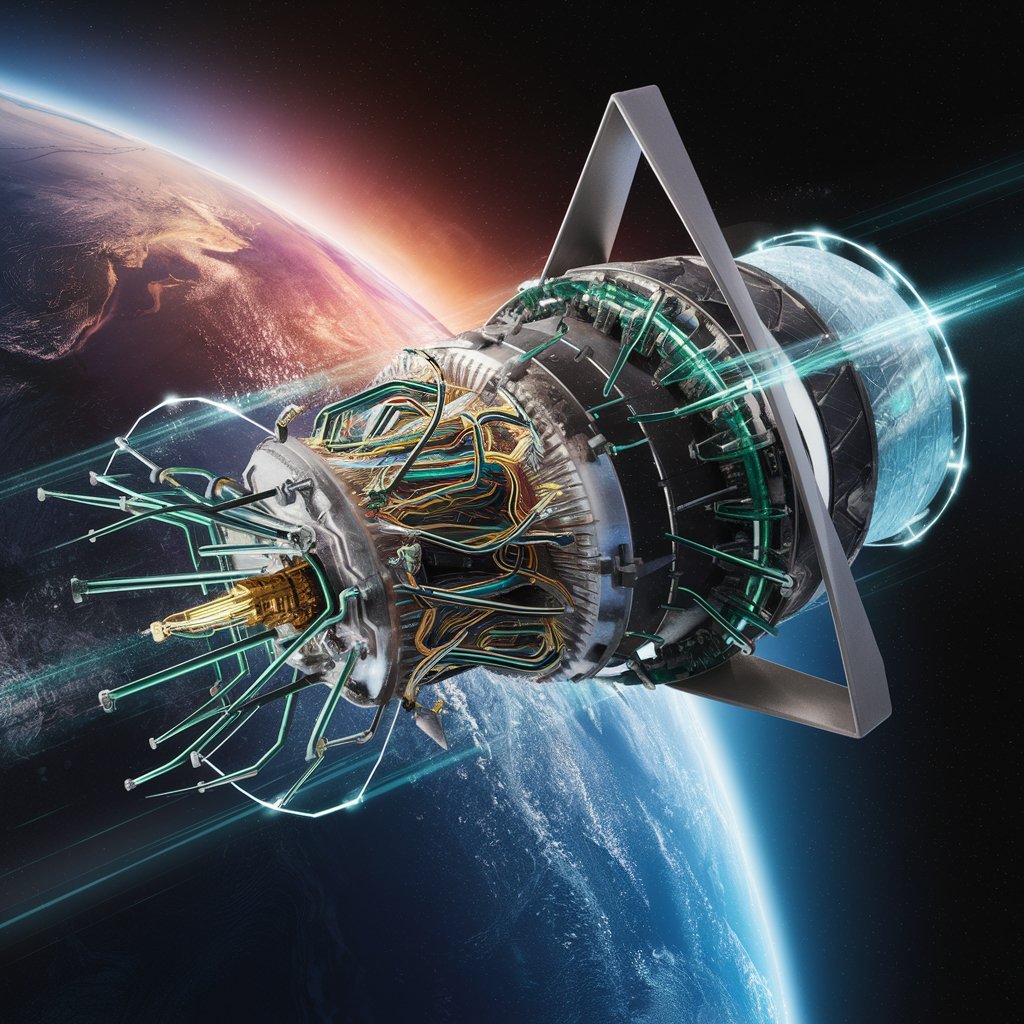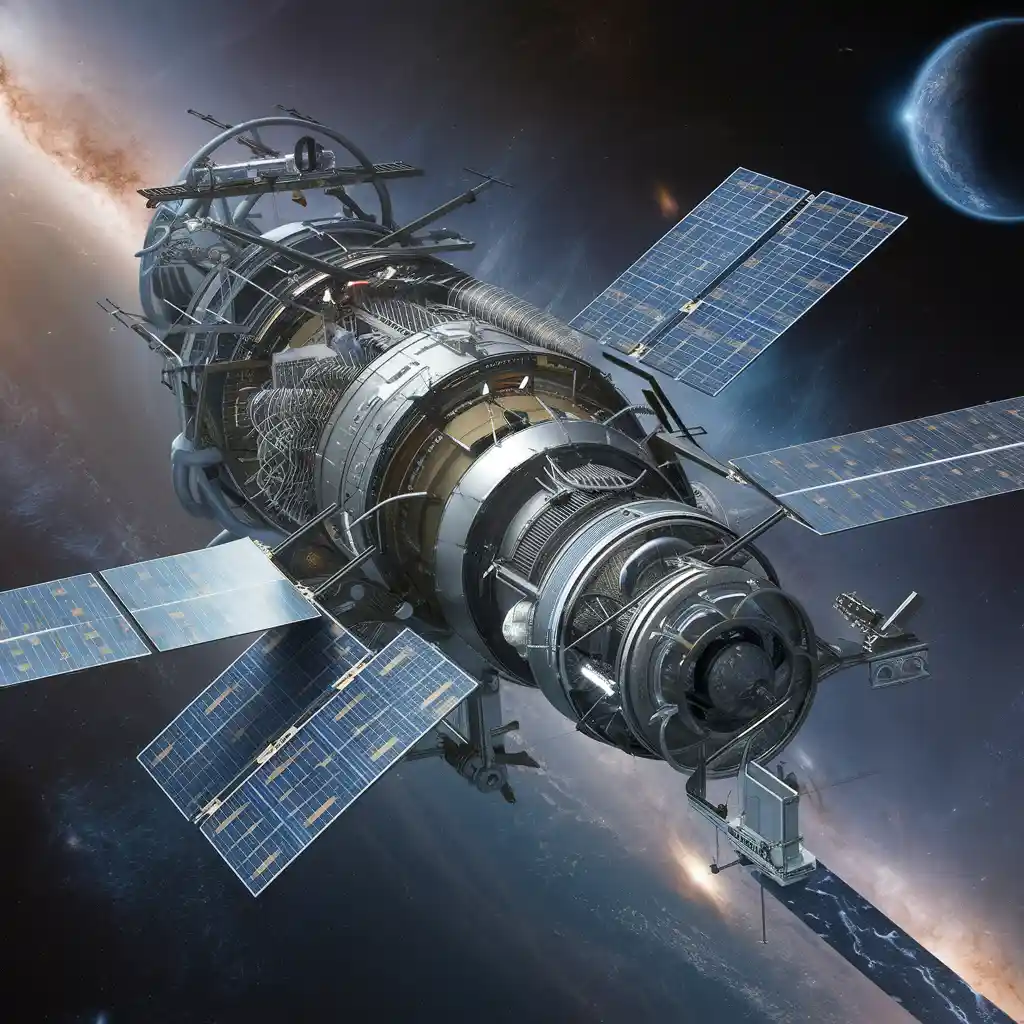Sattelitter: The Silent Crisis of Space Debris and Its Threat to Modern Civilization

The term Sattelitter—a portmanteau of “satellite” and “litter”—has emerged as a critical concept in the ongoing discussion about Earth’s orbital environment. As humanity becomes increasingly dependent on satellite technology for communication, navigation, weather forecasting, and global security, the growing cloud of space debris surrounding our planet poses an existential threat to these vital systems.
Currently, over 128 million pieces of human-made debris larger than 1 millimeter orbit Earth at speeds exceeding 17,500 mph, turning every collision into a potential cascade of destruction. This article examines the origins of Sattelitter, the immediate dangers it presents, and the urgent solutions being developed to prevent a scenario where near-Earth orbit becomes unusable for future generations.
1. The Birth of Sattelitter: How We Cluttered the Final Frontier
The problem of orbital debris began in 1957 with the launch of Sputnik, but accelerated dramatically during the space race and the commercialization of space. Today, defunct satellites, spent rocket stages, and fragments from collisions or anti-satellite tests contribute to an ever-expanding field of debris. One of the most significant events occurred in 2007, when China’s anti-satellite missile test created over 3,000 trackable fragments, many of which remain in orbit.
Similarly, the 2009 collision between the defunct Russian Cosmos 2251 and the operational Iridium 33 satellite added thousands more pieces to the growing cloud. Unlike terrestrial pollution, space debris does not degrade naturally—objects in low Earth orbit can remain for decades, while those in higher orbits may persist for centuries. This means every launch, every explosion, and every collision adds permanently to the problem unless active measures are taken.
2. The Kessler Syndrome: When Space Becomes a Minefield
The greatest fear surrounding Sattelitter is the Kessler Syndrome, a theoretical scenario proposed by NASA scientist Donald Kessler in 1978. This doomsday prediction suggests that once a critical density of debris is reached, collisions between objects will create a chain reaction, generating more debris and increasing the likelihood of further impacts. The result would be an impenetrable shell of shrapnel around Earth, making space travel and satellite operations impossible for generations.
Already, the International Space Station (ISS) regularly performs “debris avoidance maneuvers” to evade hazardous objects, and satellite operators must account for potential collisions when planning missions. If the Kessler Syndrome becomes reality, it could cripple global communications, disrupt GPS systems, and even threaten the viability of future space exploration.
3. The Economic and Security Fallout: Why Sattelitter Matters on Earth

Beyond the scientific concerns, Sattelitter has profound economic and geopolitical implications. The global space economy, valued at over $469 billion in 2023, relies on functional satellites for everything from banking transactions to military surveillance. A single collision involving a critical satellite could disrupt telecommunications, disable weather forecasting, and jeopardize national security.
Countries with advanced space programs, such as the U.S., China, and Russia, are particularly vulnerable, as their military and intelligence operations depend on orbital assets. Additionally, the privatization of space—led by companies like SpaceX, OneWeb, and Amazon’s Project Kuiper—has intensified the risk, with mega-constellations of thousands of satellites increasing congestion in already crowded orbits. Without international cooperation, the competition for space dominance could accelerate the debris problem, turning orbit into a high-stakes battleground.
4. Cleaning Up the Mess: The Race to Develop Space Debris Solutions
Scientists and engineers are exploring multiple strategies to mitigate Sattelitter, ranging from debris removal technologies to regulatory frameworks. Active debris removal (ADR) concepts include robotic arms, harpoons, nets, and even lasers to deorbit defunct satellites. The European Space Agency’s (ESA) ClearSpace-1 mission, scheduled for 2026, will test the capture and disposal of a derelict satellite.
Meanwhile, on-orbit servicing vehicles, like Northrop Grumman’s Mission Extension Pods, aim to repair and refuel satellites instead of abandoning them. Policy measures are also critical—the UN Committee on the Peaceful Uses of Outer Space (COPUOS) has issued guidelines for debris mitigation, but enforcement remains weak. Some experts advocate for a “Space Traffic Management” system, similar to air traffic control, to coordinate satellite movements and prevent collisions.
5. The Future of Space: Can We Avoid a Point of No Return?
The next decade will determine whether humanity can curb Sattelitter before it spirals out of control. With plans for lunar bases, Mars missions, and mega-constellations moving forward, the stakes have never been higher. Innovations like self-deorbiting satellites, biodegradable components, and orbital recycling stations could help reduce future debris.
However, the most significant challenge is fostering international collaboration—space debris knows no borders, and a single nation’s negligence could endanger all. If we fail to act, we risk condemning future generations to a planet trapped in a cage of its own making, cut off from the stars that once inspired exploration.
Conclusion: A Call to Action Before the Sky Falls
Sattelitter is not just an engineering problem—it is a test of humanity’s ability to manage the consequences of its own technological progress. Unlike climate change, which unfolds over centuries, a catastrophic debris cascade could happen within years, with immediate and irreversible consequences.
The solutions exist, but they require investment, innovation, and, most importantly, global cooperation. The choice is clear: either we clean up our cosmic backyard now, or we surrender the final frontier to an inescapable storm of our own creation.




